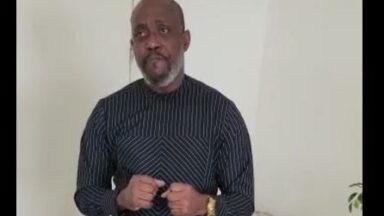The 2016 Olympics are set to begin in just over a month in Rio de Janeiro. As the city prepares to receive an influx of international visitors, it is building new infrastructure and transportation systems to accommodate the surge. But the city is also undergoing another major project: hiding and removing poor people from view of foreign onlookers. I went to Rio to see how the city is transforming to make way for the Olympics.
This sort of urban planning around hiding the poor is not unprecedented in Rio. The city has hosted numerous international events in recent years, and in each instance, similar removal policies have been instituted to keep the city’s poor out of site of visitors.
One thing that makes this sort of discriminatory urban planning possible is what Orlando Santos, an urban planner I spoke to, calls “the state of exception.” Santos explained that when mega events like the World Cup or the Olympics come to town, the city is able to justify drastic decisions that, in normal times, would never be acceptable.
Rio has been in a “state of exception” for years due to, most recently, the 2014 World Cup and the 2016 Olympics. This has resulted in a slew of abuses of human and property rights among residents.
Chief among the offenses are the more than 77,000 forcibly evicted citizens that have been moved since 2009. Despite many having had legal title to their property, poor residents have been moved into public housing complexes far outside the city center, many leaving against their will.
The billions of public dollars spent on preparation for the Olympics have surely had some big benefits for the city in the form of expanded transportation and cosmetic improvements. But, in the end, the huge sum of public money that was supposed to benefit the poor ended up, once again, hiding them from view.




Recent Comments